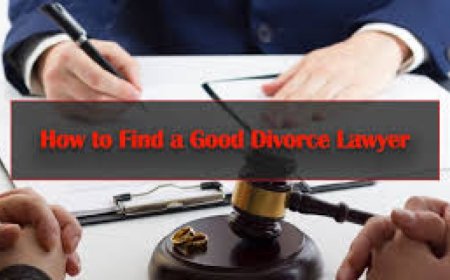How to Sue for Wrongful Termination: A Clear Guide

Wrongful dismissal happens when an employer terminates an employee in violation of laws, contracts, or public policies. If you believe your firing was unjust, its important to know how to sue for wrongful termination and the steps involved. This guide will explain how to file a wrongful termination claim, what to expect during the process, and how to protect your rights.
1. Identify What Constitutes Wrongful Termination
Wrongful termination occurs when an employee is fired due to discrimination, retaliation for reporting illegal actions, breach of an employment agreement, or violation of public policy. Review your contract, company rules, and legal protections to see if your dismissal qualifies as wrongful.
2. Gather Proof
Collect all relevant evidence, such as your employment contract, performance reviews, emails, and witness statements. This documentation is vital for building a strong wrongful dismissal claim.
3. Follow Administrative Steps
Before filing a lawsuit, you often need to file a complaint with agencies like the Equal Employment Opportunity Commission (EEOC) or your state labor department. Adhering to deadlines and procedures is essential to preserve your right to sue.
4. Consult an Employment Lawyer
Wrongful termination cases can be complex. Consulting an experienced attorney who specializes in employment law will help you understand your options, assess your case, and represent you throughout the legal process.
5. File Your Lawsuit
If administrative remedies dont resolve your claim, you can file a wrongful termination lawsuit. Your lawyer will draft and submit a complaint, then guide you through discovery, motions, and possibly settlement negotiations or trial.
6. Present Your Case in Court
Both sides will present evidence and arguments. Your lawyer will advocate for you, aiming to prove that your firing was unlawful and seeking remedies such as reinstatement, back pay, or damages.
7. Resolve the Dispute
Wrongful termination cases may be settled out of court or decided by trial. Your lawyer will work to achieve the best outcome, but be prepared for a potentially challenging process.
Common Examples of Wrongful Dismissal
-
Discrimination: Fired due to pregnancy, race, gender, or other protected traits.
-
Retaliation: Terminated for reporting workplace violations or illegal conduct.
-
Breach of Contract: Employer fails to follow agreed termination procedures.
-
Violation of Public Policy: Fired for refusing to engage in unlawful acts.
-
Constructive Discharge: Forced to quit due to hostile or unsafe work conditions.
-
FMLA Violations: Termination after taking protected family or medical leave.
-
Whistleblower Retaliation: Punished for exposing unethical or illegal behavior.
-
Discrimination Based on Protected Class: Fired due to sexual orientation, religion, or similar factors.
In Summary: How to File a Wrongful Termination Claim
Filing a wrongful termination claim requires careful preparation and legal guidance. Knowing how to sue a company for wrongful termination means understanding your rights and gathering evidence. An experienced employment lawyer can help you navigate the process and fight for justice.
OAS INC offers expert support for wrongful dismissal cases in California, Texas, New York, and Florida. Contact us today to get the help you need.






































